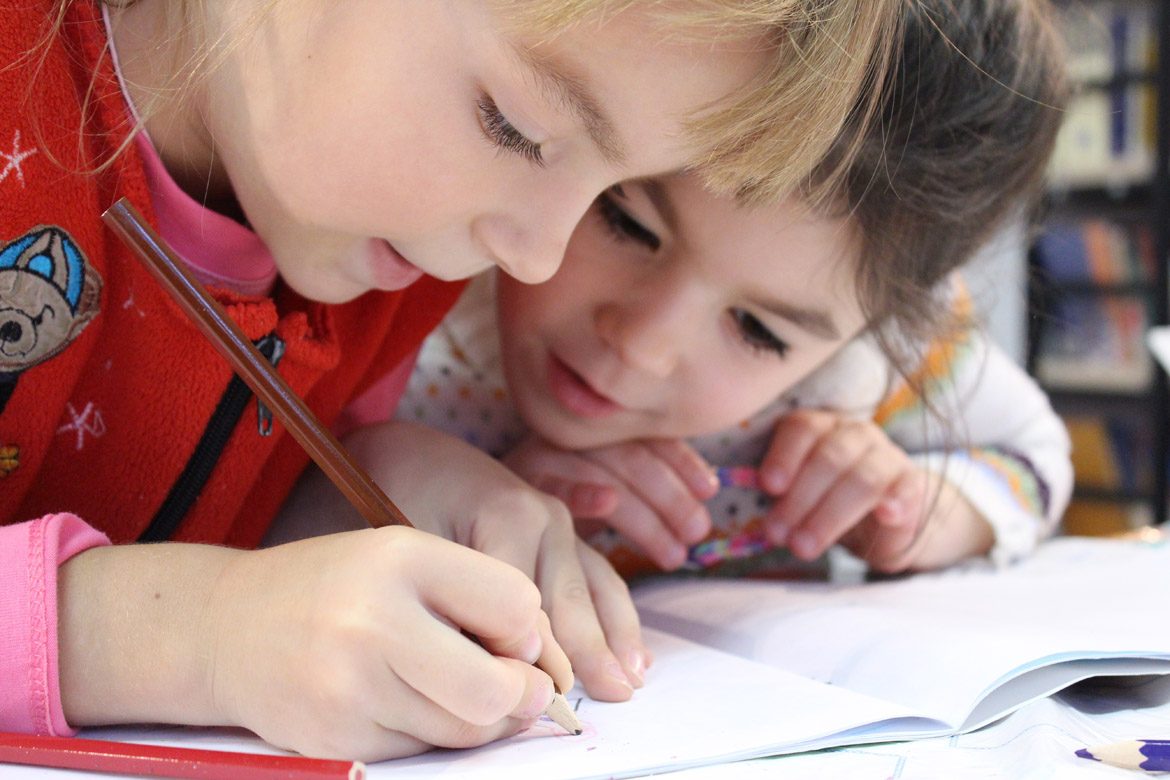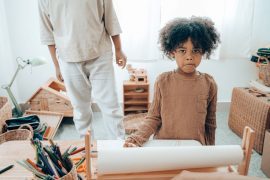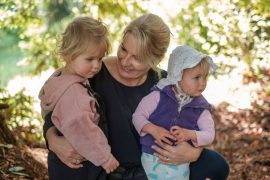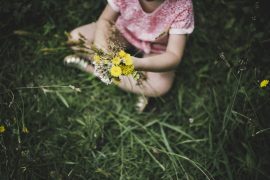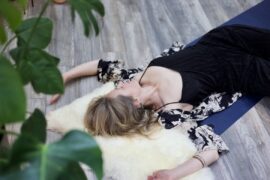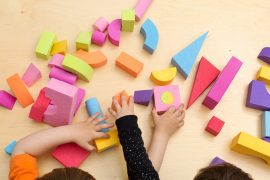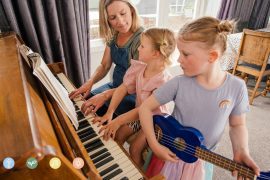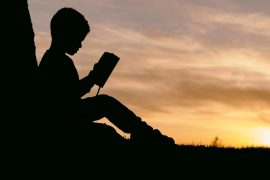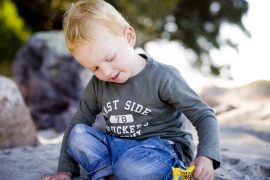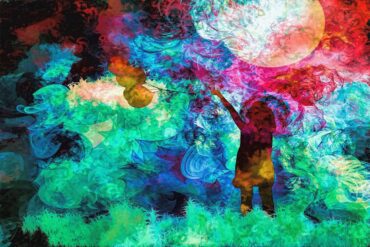By Ana Pickering
The Montessori movement began almost 100 years ago in the slums of Rome, Italy. Dr Maria Montessori graduated in 1896 as one of the first woman doctors in Italy. In her medical practice, her clinical observations led her to analyse how children learn, and she concluded that children build themselves from what they find in their environment. In 1904 she was made a professor of anthropology at the University of Rome. Her desire to help children was so strong, however, that in 1906 she gave up both her university chair and her medical practice to work with a group of sixty young children of poor, working parents in the San Lorenzo district of Rome.
It was there that she founded the first Casa dei Bambini, or “Children’s House” on January 6, 1907. What ultimately became the Montessori method of education developed there, based upon Dr Montessori’s scientific observations of these children’s almost effortless ability to absorb knowledge from their surroundings, as well as their tireless interest in manipulating materials. Every piece of equipment, every exercise, every method Montessori developed was based on what she observed children to do “naturally,” by themselves, unassisted by adults.
Montessori education was first introduced in the United States in 1912 and rapidly spread to countries around the globe. The first Montessori schools in New Zealand were in the Wanganui district in 1912, but the growth of Montessori occurred from the mid-1970’s until the present day. Today the Montessori method thrives around the world with over 22,000 schools across six continents.
Montessori for 3-6 year olds
At the core of the Montessori approach to education is the curriculum developed by Dr Montessori for the 3-6 year-old child. The Montessori 3-6 programme is attended by the largest number of children and is the starting place and mainstay of Montessori education in New Zealand and overseas.
The young child is curious about everything and needs to explore and discover. The Montessori 3-6 learning environment is designed to encourage each child to move, touch, and manipulate. The child has freedom to work independently, based on their own initiatives with gentle and respectful guidance from their teacher.
Montessori 3-6 learning environments are inviting, attractive indoor and outdoor spaces with an intriguing array of learning materials, books, plants, animals, art and music materials, gardening and nature activities.
The Montessori environment contains specially designed, hands on materials that invite children to engage in learning activities of their own individual choice.
Under the guidance of a Montessori teacher, children in a Montessori classroom learn by making discoveries; cultivating concentration, motivation, self-discipline, and a love of learning.
Community of Learners
The Montessori community for 3-6 year olds is often called a ‘children’s house’, a place in which a child can feel at home and can work with interest at his own tempo and level. The young child has the freedom to choose their own activities using their own initiative and following their individual needs.
The Montessori early childhood centre is made up of children of mixed ages. The children learn from each other and because of each other, with older children being role models for younger children. Each child learns to cooperate with children of different ages, to respect and celebrate each other efforts and to take care of themselves, others and their environment. The classroom becomes a thriving community where children are treated with respect and dignity and where they learn to treat others with respect and dignity.
Learning Environment
The Montessori classroom is prepared with the child, and only the child, in mind. The physical space and routines of the classroom are designed to maximise independent learning and exploration. Objects are placed so children can reach what they need, without having to wait for adult help.
Dr Montessori noticed that children do not learn from listening to an adult talk – they learn best from direct experience with objects in their environment. Children have a deep urge to need to manipulate and explore. Montessori developed learning materials to stimulate the child into discovery. Each Montessori material is simple and carefully designed to appeal to the child as his stage of development.
The prepared environment focuses on the child and in this space only things that will assist the child’s development will be present. Adults must be careful not to offer too much help and interfere with the spontaneous activity of the children.
Montessori Curriculum
The daily practice of Montessori philosophy is made possible by a clearly defined Montessori curriculum. The Montessori curriculum includes practical life, sensorial, language, mathematics, botany, geography, art, music, drama, and environmental studies and more! When you look around a Montessori classroom – you are seeing the Montessori curriculum in all the activities and materials on the shelves.
Note:
Practical Life activities include skills that young children enjoy learning and love to repeat; sweeping, polishing, tying bows, dusting, preparing food … engagement in these activities builds concentration and co-ordination.
Sensorial materials are unique and enable young children to explore and discover shape, size, colour, texture, weight, sound, taste and smell.
See next page for Montessori for the Primary Years…

